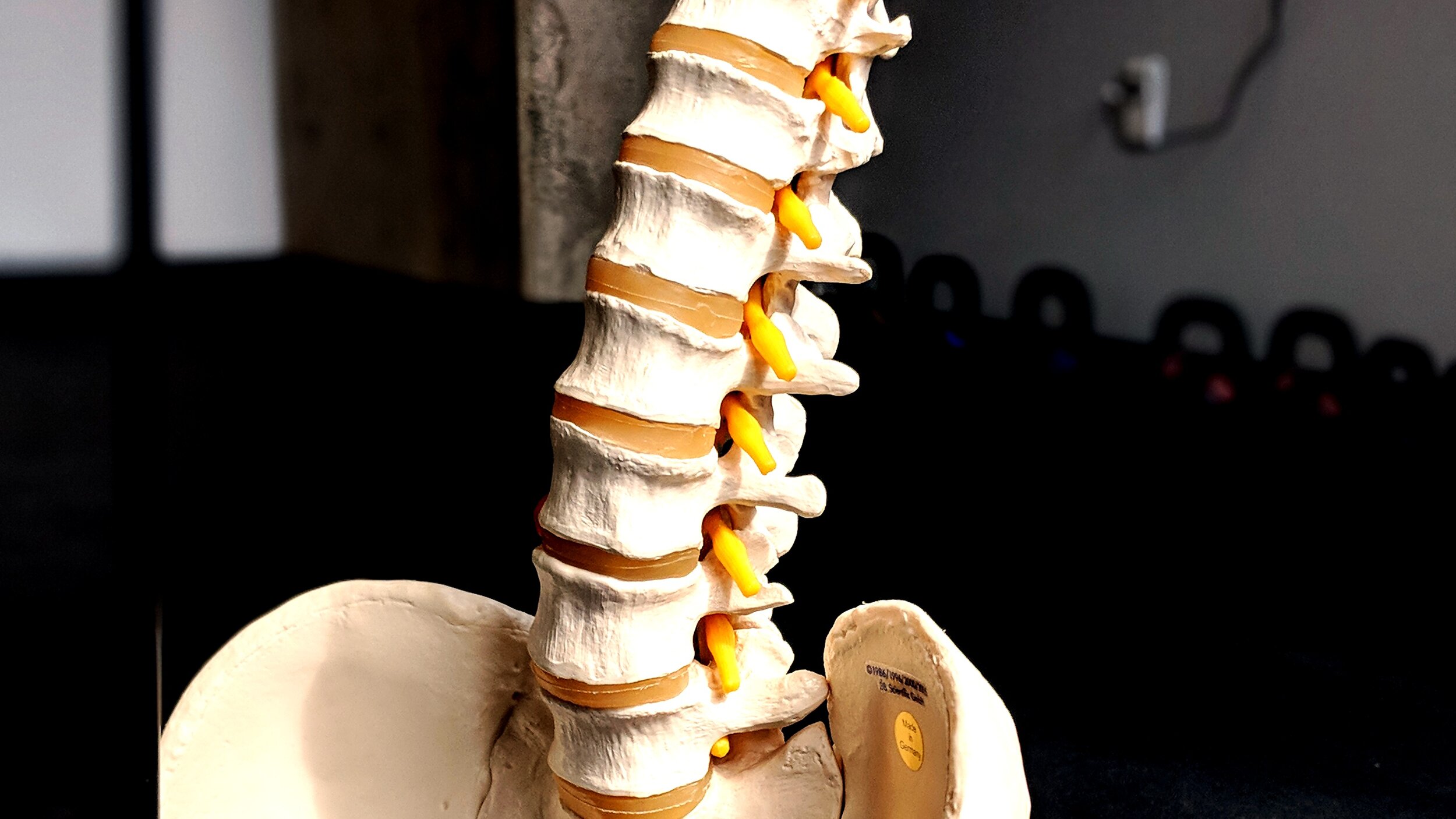How to Treat Low Back Pain
 The Lancet recently published a series of three articles on low back pain. Low back pain creates a substantial burden from a physical to financial standpoint in society. Although low back pain is the leading cause of disability globally, finding the cause of most low back pain has proven to be elusive. Identifying the specific cause of low back pain would be instrumental in effectively treating it. Although it is commonly treated as a diagnosis, low back pain is a symptom and not a diagnosis. In a majority of low back pain episodes, the specific cause of low back pain is not possible leading to the diagnosis of non-specific low back pain. The bio-structural model has dominated clinical approaches to treatment of low back pain. However, there appears to be multiple factors that contribute to low back pain which should be addressed in treatment. This has lead to a transition away from the bio-structural model and towards the biopsychosocial model. The specific factors mentioned in the Lancet article included:
The Lancet recently published a series of three articles on low back pain. Low back pain creates a substantial burden from a physical to financial standpoint in society. Although low back pain is the leading cause of disability globally, finding the cause of most low back pain has proven to be elusive. Identifying the specific cause of low back pain would be instrumental in effectively treating it. Although it is commonly treated as a diagnosis, low back pain is a symptom and not a diagnosis. In a majority of low back pain episodes, the specific cause of low back pain is not possible leading to the diagnosis of non-specific low back pain. The bio-structural model has dominated clinical approaches to treatment of low back pain. However, there appears to be multiple factors that contribute to low back pain which should be addressed in treatment. This has lead to a transition away from the bio-structural model and towards the biopsychosocial model. The specific factors mentioned in the Lancet article included:
- Biological: alterations in muscle size, composition, and coordination
- Psychological: depression, anxiety, catastrophizing, and self-efficacy
- Social: low income and low education
In acute low back pain cases, the first-line treatment options were education and advice to remain active. Second-line/adjunct treatments included superficial heat, spinal manipulation, massage, and acupuncture. For the treatment of non-specific persistent low back pain, the recommended primary treatments are education, advise to remain active, exercise therapy, and cognitive behavioral therapy. Spinal manipulation, massage, acupuncture, mindfulness-based stress reduction, and interdisciplinary rehabilitation were all recommended as second-line or adjunct treatment options. The Lancet articles on low back pain sheds light on several important aspects of diagnosis and treatment of LBP. 1) Imaging should only be used if a specific pathology is suspected. These pathologies include: vertebral fracture, axial spondyloarthritis, malignancy, infection, and CES. Other structural abnormalities in the spine are common in asymptomatic populations and should be correlated to the patient’s complaint. There is also no evidence that imaging improves patient outcomes. 2) Integration of the biopsychosocial model in the treatment of low back. The overwhelming majority of treatments aim at the biological factors. However, the psychological and social factors also need to be addressed for low back pain. 3) Continued emphasis on non-pharmacologic active treatment approaches over passive treatment approaches and pharmacologic strategies. A short trial of passive therapy may be used to promote active approaches, however, passive therapies should not be used as a standalone treatment. If warranted, passive therapies should help to reduce kinesiophobia and catastrophizing while avoiding creating dependency. 4) Exercise should be recommended based on patient needs, preferences, and capabilities. Currently there is no evidence that one exercise program is more effective than an other. Although core exercises are a popular approach to low back pain rehab, this opens the opportunity to other exercises that can improve patient outcomes and compliance.